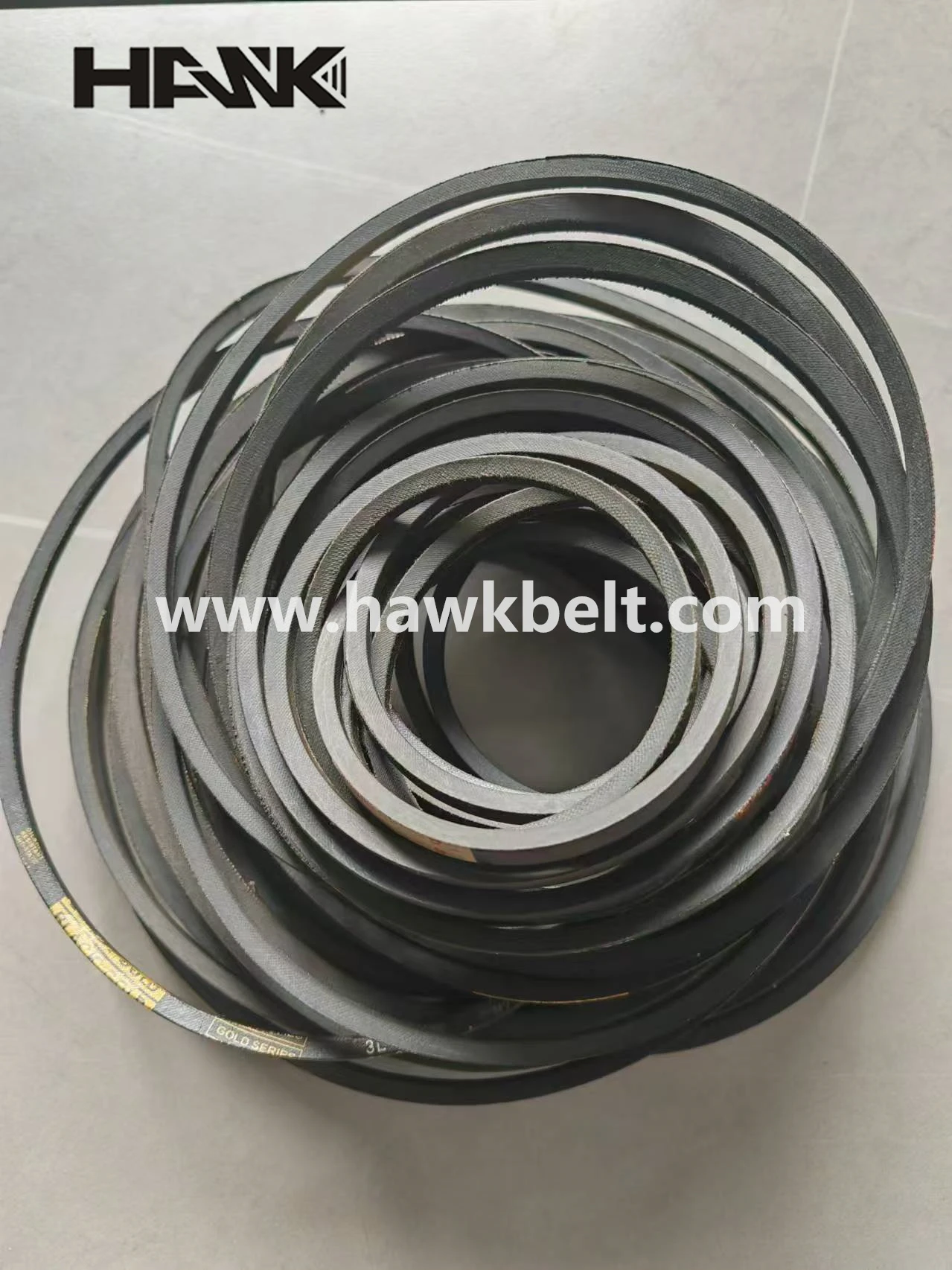- Arabic
- French
- Russian
- Spanish
- Portuguese
- Turkish
- Armenian
- English
- Albanian
- Amharic
- Azerbaijani
- Basque
- Belarusian
- Bengali
- Bosnian
- Bulgarian
- Catalan
- Cebuano
- Corsican
- Croatian
- Czech
- Danish
- Dutch
- Afrikaans
- Esperanto
- Estonian
- Finnish
- Frisian
- Galician
- Georgian
- German
- Greek
- Gujarati
- Haitian Creole
- hausa
- hawaiian
- Hebrew
- Hindi
- Miao
- Hungarian
- Icelandic
- igbo
- Indonesian
- irish
- Italian
- Japanese
- Javanese
- Kannada
- kazakh
- Khmer
- Rwandese
- Korean
- Kurdish
- Kyrgyz
- Lao
- Latin
- Latvian
- Lithuanian
- Luxembourgish
- Macedonian
- Malgashi
- Malay
- Malayalam
- Maltese
- Maori
- Marathi
- Mongolian
- Myanmar
- Nepali
- Norwegian
- Norwegian
- Occitan
- Pashto
- Persian
- Polish
- Punjabi
- Romanian
- Samoan
- Scottish Gaelic
- Serbian
- Sesotho
- Shona
- Sindhi
- Sinhala
- Slovak
- Slovenian
- Somali
- Sundanese
- Swahili
- Swedish
- Tagalog
- Tajik
- Tamil
- Tatar
- Telugu
- Thai
- Turkmen
- Ukrainian
- Urdu
- Uighur
- Uzbek
- Vietnamese
- Welsh
- Bantu
- Yiddish
- Yoruba
- Zulu
Қар . 25, 2024 16:04 Back to list
car serpentine belt
Understanding the Car Serpentine Belt What You Need to Know
The serpentine belt, often overlooked during routine car maintenance, is a crucial component of your vehicle's engine system. This single, continuous belt plays a vital role in powering many of the engine's accessories, including the alternator, power steering pump, water pump, air conditioning compressor, and sometimes even the vacuum pump. Understanding its function, how to maintain it, and what signs indicate it may be time for a replacement can save you from more severe engine issues down the line.
What is a Serpentine Belt?
The serpentine belt is a long, winding belt that runs through various pulleys in your car's engine compartment. Unlike older vehicles that used multiple belts for different accessories, modern cars typically employ a serpentine belt system. This design is not only more efficient due to fewer parts, but it also saves space and reduces the overall weight of the engine bay.
Function of the Serpentine Belt
The primary function of the serpentine belt is to transfer power from the engine's crankshaft to various accessory components. When the engine runs, the crankshaft rotates, and the serpentine belt moves along with it, transferring that rotational energy to the pulleys connected to the accessories. For instance, as the belt spins the alternator, it generates electricity that powers your car's electrical systems and charges the battery.
Signs of a Failing Serpentine Belt
Like any automotive component, the serpentine belt can wear out over time. Regular inspection is vital to avoid unexpected failures. Here are some common signs that your serpentine belt may need replacement
1. Cracks and Fraying A visual inspection of the belt can reveal age-related wear such as cracks, fraying, or splintering. If you notice these signs, it’s time for a replacement.
car serpentine belt

2. Squealing or Chirping Noises If your car starts making a high-pitched squeal or chirp when you start it or during acceleration, this could indicate a loose or worn serpentine belt.
3. Loss of Power Steering A malfunctioning serpentine belt may not provide enough power to the power steering pump, leading to difficulty steering your vehicle.
4. Overheating Engine If the belt is worn out and unable to drive the water pump efficiently, your engine may overheat, leading to potentially catastrophic damage.
5. Check Engine Light In some cases, the failure of the serpentine belt can trigger the check engine light. If this light comes on, it’s worth investigating.
Maintenance and Replacement
Typically, serpentine belts should be replaced every 60,000 to 100,000 miles, but it's essential to consult your vehicle's owner manual for specific recommendations. Regular maintenance, such as checking the tension and alignment of the belt, can help extend its lifespan. When replacing a serpentine belt, it’s also a good idea to check the condition of the pulleys and other components to ensure they’re functioning correctly.
Conclusion
The serpentine belt may seem like a small part of your vehicle, but it plays a significant role in its operation. Regular inspections and maintenance can help prevent unexpected failures, ensuring your car runs efficiently for years to come. If you have any concerns about your serpentine belt’s condition, consult a professional mechanic for evaluation and potential replacement. Taking proactive steps will keep your vehicle in optimal condition and provide peace of mind on the road.
-
Korean Auto Parts Timing Belt 24312-37500 For Hyundai/Kia
NewsMar.07,2025
-
7PK2300 90916-T2024 RIBBED BELT POLY V BELT PK BELT
NewsMar.07,2025
-
Chinese Auto Belt Factory 310-2M-22 For BMW/Mercedes-Benz
NewsMar.07,2025
-
Chinese Auto Belt Factory 310-2M-22 For BMW/Mercedes-Benz
NewsMar.07,2025
-
90916-02660 PK Belt 6PK1680 For Toyota
NewsMar.07,2025
-
drive belt serpentine belt
NewsMar.07,2025

